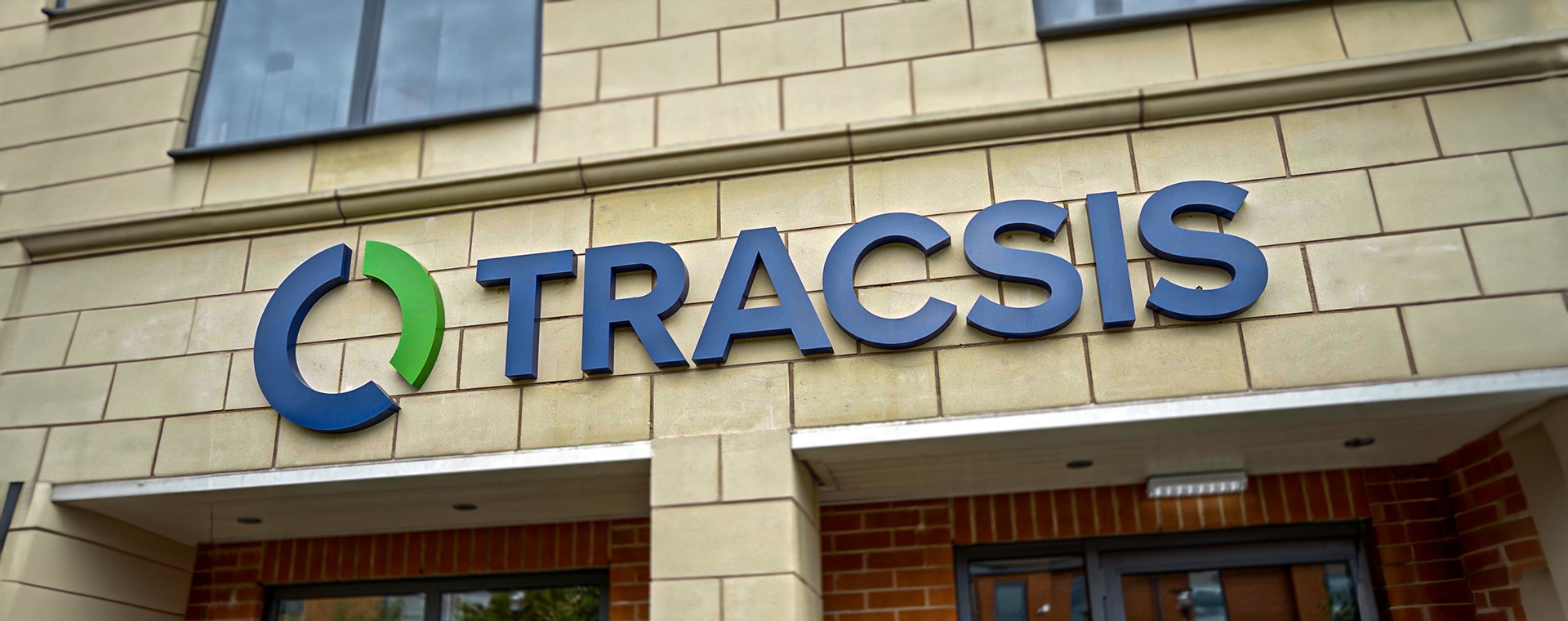Building the evidence base for the design and success of walking and cycling strategies (Active Travel)
Walking and cycling are good for our physical and mental health. Switching more journeys to active travel will improve health, quality of life and the environment, and local productivity, while at the same time reducing costs to the public purse. These are substantial ‘win-wins’ that benefit individual people and the community as a whole.
Source: Public Health England - Working Together to Promote Active Travel
Designer
City authorities have a challenge, they have limited space in which to provide all forms of transport the freedom of routing through the urban environment. Public transport has to be integrated with pedestrian paths and cycle routes, and they still have to provide for commercial transport deliveries and the private car. The drivers for safe pedestrian and cycle ways include healthier lifestyles, reduced pollution and lowering congestion.

Planning a busy city to enable expansion of active travel requires accurate data collection of the existing travel habits of users as well as live monitoring of the routes as take up develops. By understanding this data, transport planners can adapt future plans so that integration is safe, economic and effective. The data is vital to getting buy-in for radical re-designs of our city centres that will bring together public transport operators, motorists and non-motorised users in a safe way. To meet public health objectives in terms of increasing people’s activity, cycling and walking needs to be enjoyable and safe in urban areas.
The fact is that people will only travel this way if it is easy and pleasant. Riding a bicycle or crossing a street should not require bravery
Chris Boardman
Cycling and Walking Commissioner for Greater Manchester, Source - The Guardian, 15th Dec 2017

Tracsis have the answers to data collection in this complex field
Technology
The tools to automatically collect multi-modal traffic data and analyse it quickly and accurately now exist. Tracsis has been at the forefront of this massive investment in technology over the last 5 years. Monitoring the movement of cyclists and pedestrians when they are often mixed with each other and motorised transport has been a historic problem for sensing technologies. Now, using the latest machine learning techniques, we have developed an accurate, general purpose detector for sensing subtle changes in complex traffic situations.

Tracsis Video Analytics and Vision Based Survey technology delivers efficient and effective data collection for clients needing detailed analysis of active travel. We use Artificial Intelligence (AI) that continually improves the quality and accuracy of the data and all our data handling is complaint with GDPR. Data collection is not just about counting and measuring speed, to be useful for transport planners it needs to deliver more and that’s why we have invested so much in innovation over the last few years. We can measure air quality and calculate potential pollution from analysis of types of traffic. We can produce detailed data that allows a planner to compare planned routes for pedestrians and cyclists with desire lines (the routes they actually take). This level of detail builds a complete picture of how people move around an urban area.
People
The Tracsis teams of designers, project managers, technicians and analysts have worked on a range of projects involving every mode of transport in all environments and understand the transport industry better than anyone in the data collection field. We have worked with the very best equipment manufacturers to develop our own technologies and our analysis teams have years of experience that ensures the data is not only accurate but our reporting can be adapted to the needs of each client.
